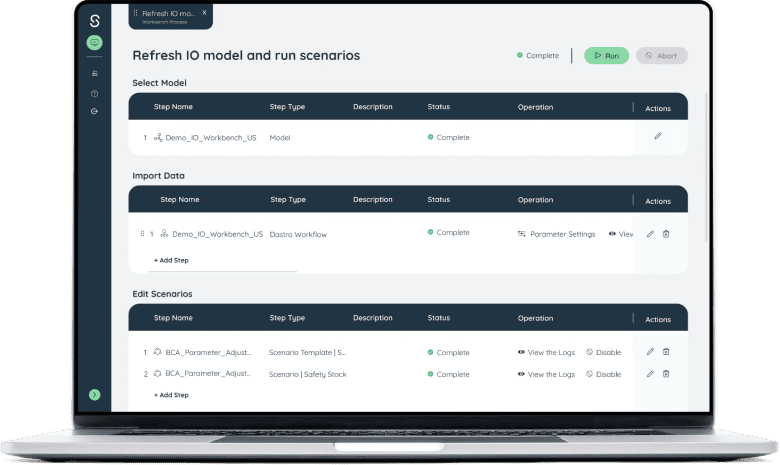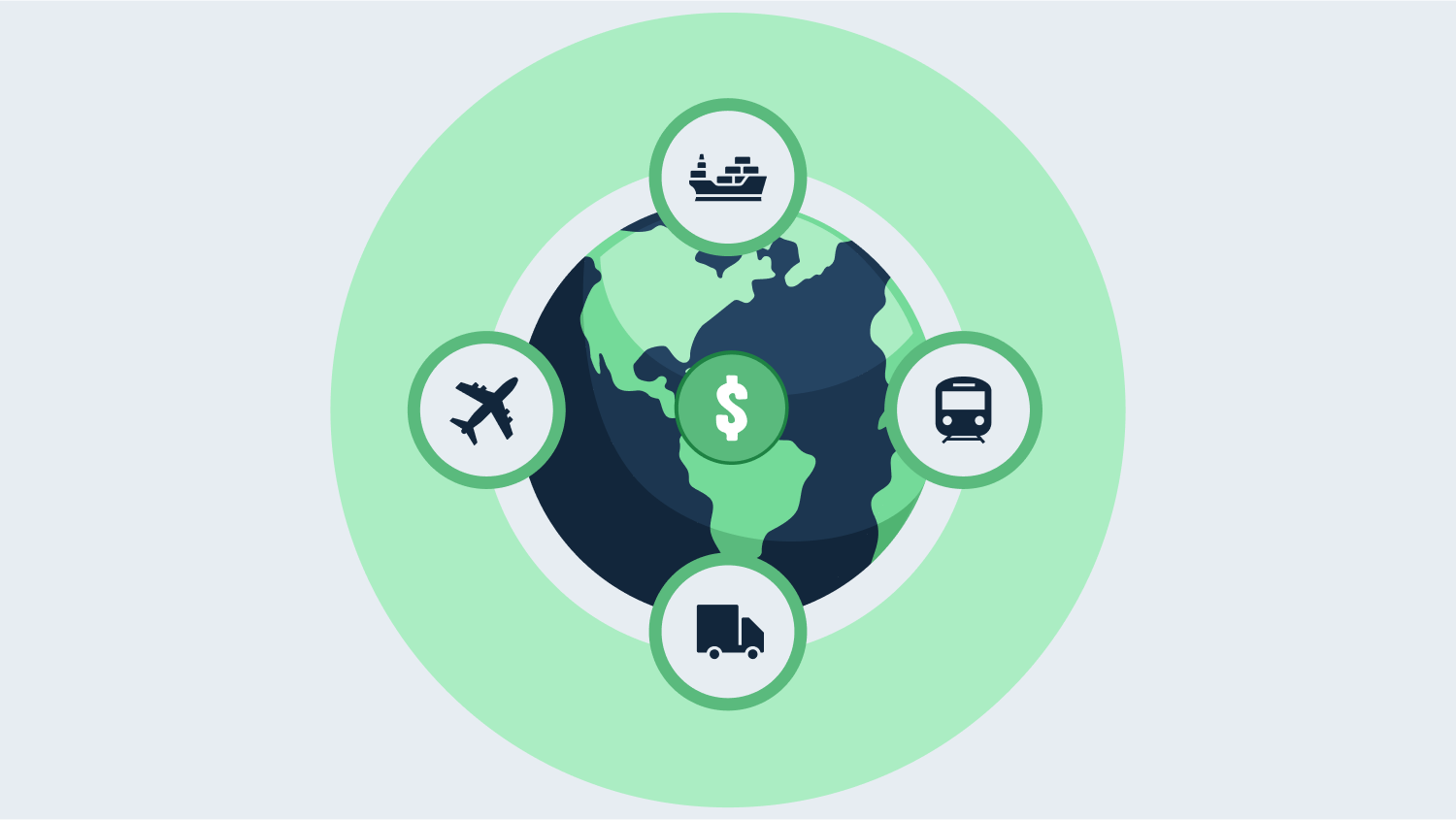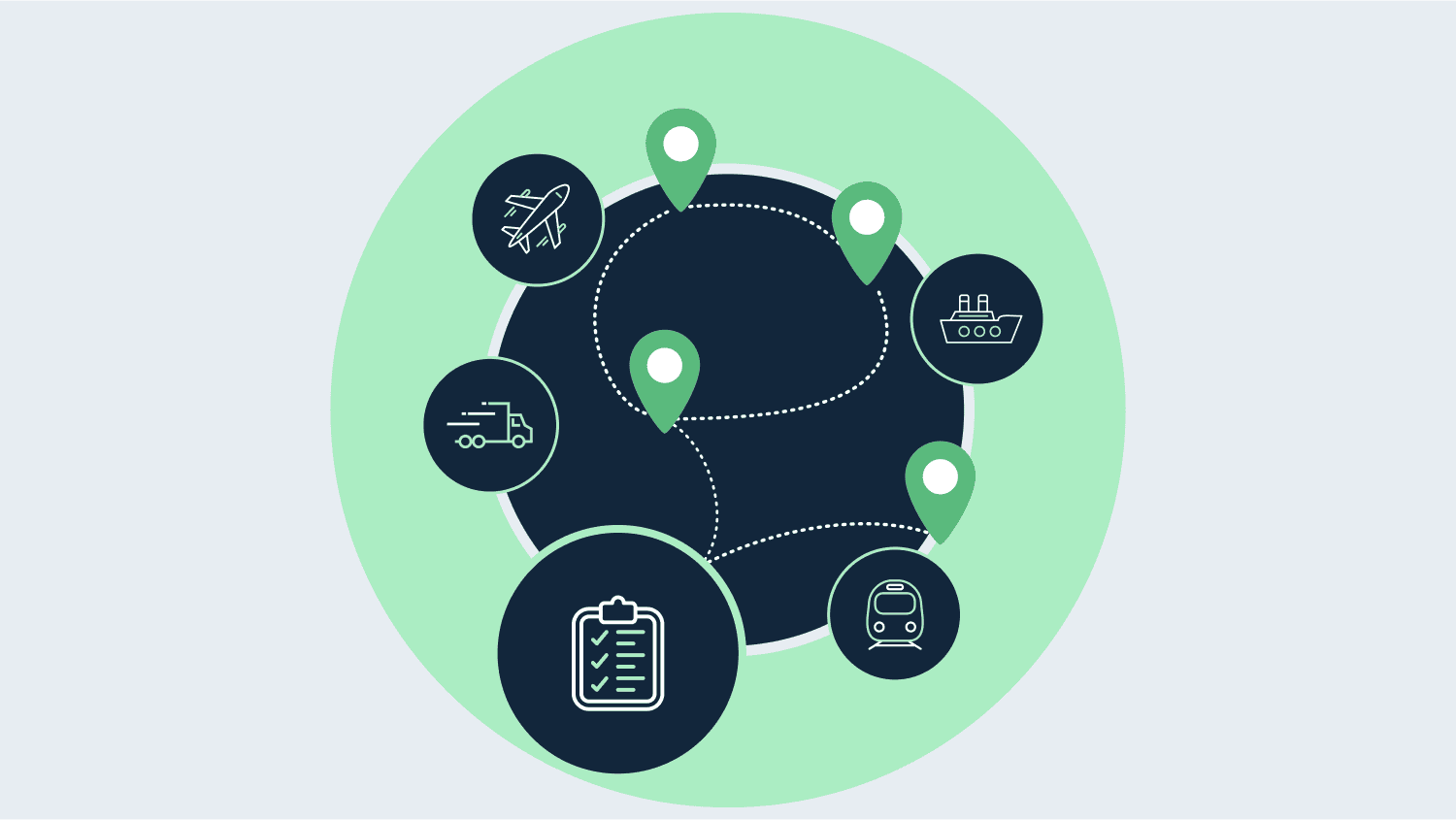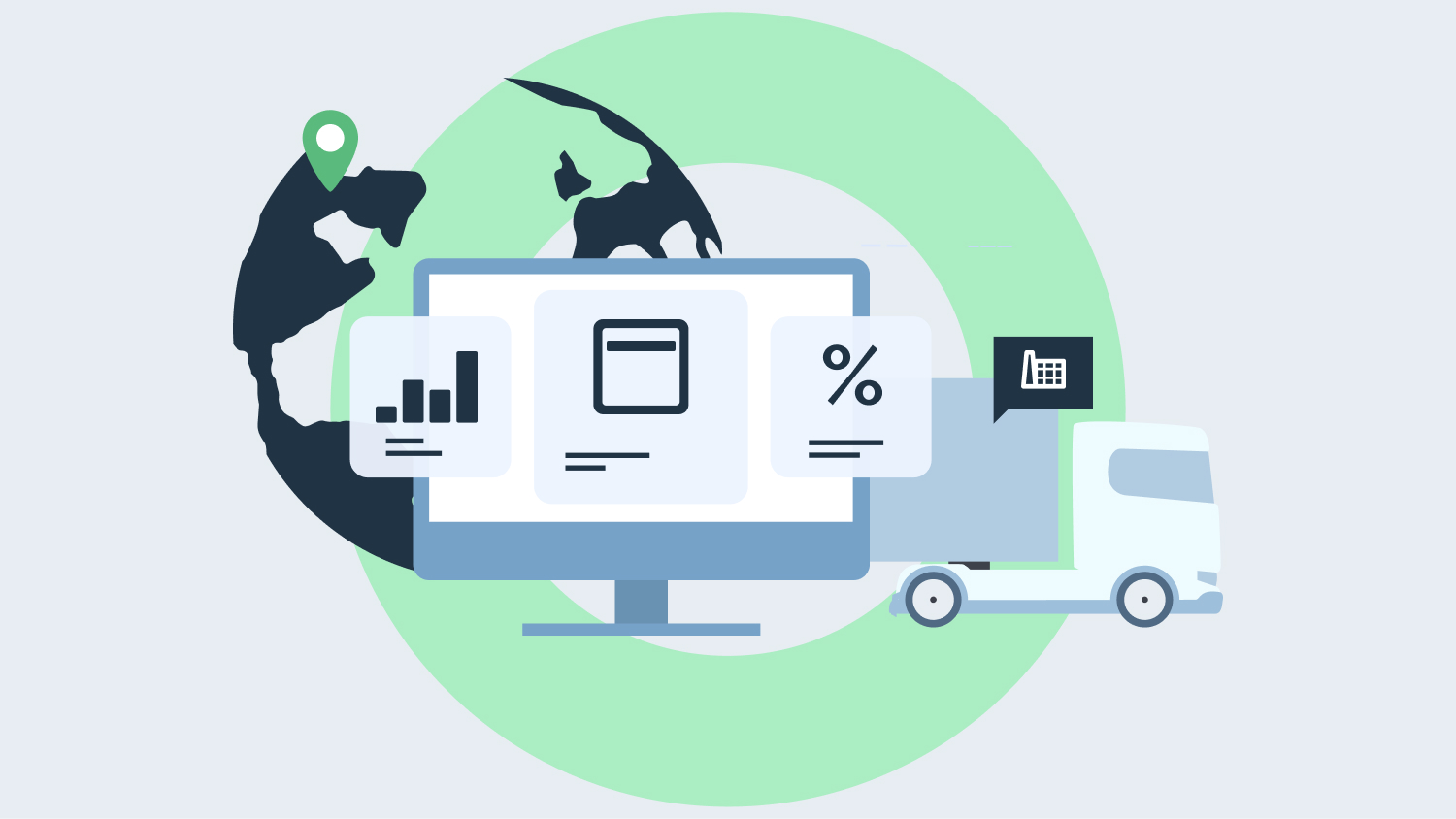Introduction
Modern supply chains are no longer linear—they are vast, interdependent ecosystems spanning continents and industries. What once relied on trucks, spreadsheets, and intuition now demands something more: visibility, scenario planning, and fast decision-making.
At the heart of this evolution lies supply chain optimization—an approach that blends data, algorithms, and operational acumen to drive better service, reduce costs, and mitigate risk.
Efficiency is no longer just about squeezing out waste; it’s about redesigning the network itself.
Optimization tools help firms understand their cost-to-serve on a granular level, rebalance inventory across regions, allocate production across supply networks and assess trade-offs between service levels and environmental targets. These platforms are particularly vital in volatile markets, where disruptions in one node of the chain can ripple out across the entire system.
Yet not all tools are created equal. The right platform doesn’t just extract insights—it shapes strategy. From multinational retailers navigating port congestion to industrial manufacturers rearranging their supplier base, companies now lean on digital solutions to simulate constraints, test response strategies, and design supply networks resilient to uncertainty.
According to Oracle, “Supply chain optimization is the application of processes and tools to ensure the optimal operation of a manufacturing and distribution supply chain.” This definition underscores the dual goals of efficiency and agility: squeezing costs, yes—but never at the expense of resilience or responsiveness. (What Is Supply Chain Optimization?)
As geopolitical risk, inflationary pressure, and customer expectations simultaneously converge, leveraging the right tool isn’t optional. It’s fundamental. In what follows, we explore the key functions, features, and platforms shaping the next generation of optimized supply chains.
Core Functions of Supply Chain Optimization Tools
Optimization in supply chains hinges on managing complexity at scale—balancing cost, speed, and resilience in a globalized, volatile environment. Modern supply chain tools have evolved far beyond spreadsheets. Their core functionalities reflect both the complexity of global commerce and the urgency of agile responses to disruption.
Scenario modeling stands as the bedrock of Supply Chain Optimization. Whether it’s forecasting demand shocks, material shortages, or geopolitical disruptions, tools today allow supply chain leaders to simulate network changes before any real-world execution. High-fidelity models reveal cost-to-serve trade-offs and potential choke points, facilitating more confident decisions in turbulent markets.
Network design optimization takes this a level deeper. The strategic placement of factories, warehouses, and cross-docks is anything but static. With unstable demand centers and rising transportation costs, determining the optimal flow of goods and staging points is a nontrivial numerical challenge. Sophisticated software allows enterprises to experiment with different designs—shuffling facility locations, reevaluating sourcing strategies, and calibrating service zones—without taking expensive risks. These capabilities are essential, as outlined in Capabilities to Look for in Supply Chain Network Design Software, where robust simulation and scenario tools underpin strategic agility.
Production and inventory optimization complete this picture, ensuring that planning isn’t decoupled from operations. By minimizing idle capacity, reducing stockouts, and aligning safety stock with actual volatility—not assumed averages—companies build leaner, smarter operations.
Paired with transportation optimization, which balances cost, lead time, and carbon output, the system becomes both economically rational and environmentally aware.
Crucially, these tools are now expected to integrate financial planning, sustainability, and resilience modeling. Budgets, carbon emissions, and risk scenarios are no longer external considerations—they’re core constraints in the optimization problem. In effect, the best supply chain tools don’t just improve efficiency; they orchestrate trade-offs between profit, purpose, and preparedness.
Ultimately, a modern optimization suite is measured by its ability to model a system as it actually operates—and to suggest what it could become.
Features to Prioritize When Choosing a Tool
Effectively optimizing a supply chain requires more than just robust analytics—it starts with picking the right tools built for today’s complexity. Below are key features to evaluate when selecting supply chain optimization software.
1. Data Integration and Harmonization
Handling messy, inconsistent, and siloed data is a foundational challenge in supply chain operations. The ideal tool should:
- Ingest disparate data sources (ERP systems, IoT sensors, spreadsheets, etc.)
- Cleanse and normalize inconsistent formats
- Seamlessly transform and harmonize inputs from legacy systems
🔍 Remember: A tool is only as powerful as the data it can accurately interpret.
2. Solver Strength and Scalability
Solver capabilities separate basic tools from true enterprise-ready platforms. Look for software with:
- Advanced optimization techniques:
- Mixed-integer linear programming (MILP)
- Stochastic modeling
- Heuristics tailored to supply chain scenarios
- Ability to handle large-scale models with:
- Hundreds of millions of variables and constraints
- High-frequency scenario planning
- Efficient execution of multiple ‘what-if’ scenarios daily
⚙️ Solver performance becomes a competitive advantage when real-time decisions matter.
3. Cloud-Native Architecture
With supply chains becoming increasingly global and dynamic, cloud-native design is no longer optional.
- Enables faster model processing and deployment
- Supports real-time collaboration across geographies
- Scales without costly infrastructure upgrades
- Adapts to iterative planning cycles and demand fluctuations
☁️ Legacy systems can’t support the pace of today’s volatile supply chain environment.
4. Output Transparency and Explainability
Strategic and operational users need to trust—and understand—the model’s recommendations. Prioritize tools with:
- Clear traceability of outputs to model logic
- Scenario comparison and audit trails
- Built-in visualization tools (dashboards, reporting interfaces)
- Support for business and technical stakeholder alignment
🧠 Black-box solutions limit adoption. Transparency drives trust and agile decision-making.
5. Strategic Value Beyond ERP
While many organizations default to ERP upgrades, leading companies are investing in dedicated optimization platforms. These deliver:
- Integrated data use across planning horizons
- Support for long-term scenario modeling (e.g., reshoring, capacity planning, sustainability impact)
- Measurable ROI in operational performance and cost reduction
📈 Optimization platforms bridge tactical execution with strategic planning.
Final Thought: Optimize for Flexibility, Not Perfection
In an era shaped by volatility—from geopolitical shifts to carbon regulations—tools must support adaptability. Look for platforms that offer:
- Computational strength
- Flexible, scalable architecture
- Explainable, auditable outputs
These won’t guarantee perfection—but they will empower resilient, data-driven decisions.
🔗 Learn why network design and optimization tools outperform other tech investments
By focusing on these features, supply chain leaders can future-proof their operations and turn their planning functions into a strategic asset.
Trends in Optimization Tech
Technology has upended supply chain planning. The old spreadsheet-led era—marked by static models and time-lagged data—is giving way to intelligent, cloud-native platforms. At the forefront are artificial intelligence and machine learning, which are no longer just buzzwords but embedded engines driving predictive routing, anomaly detection, and dynamic inventory adjustment.
Firms increasingly demand systems that partner with them in decision-making, not tools that merely compute. AI-infused tools now identify optimal reorder points based on shifting market demand or route trucks preemptively around anticipated congestion. These capabilities reduce stockouts, optimize transport costs, and—more importantly—anticipate disruptions before they cascade. In tandem, machine learning sharpens forecasts by analyzing high-velocity datasets across weather, economic indicators, and customer behavior.
Equally transformative is the formal embedding of sustainability within optimization models. CO₂ emissions, regulatory zones, and energy consumption have evolved from afterthoughts to design constraints. Optimization tools now model trade-offs between fulfillment time and carbon output, helping firms meet ESG targets without obliterating margins.
Another decisive shift is architectural. Cloud-first solutions allow planners across geographies to collaborate and update models in real time. This marks a stark departure from fragmented workflows constrained by outdated local files and siloed analytics stacks.
As chronicled by Amazon’s research group in its ongoing examination of cutting-edge logistics innovation, advances in simulation, deep reinforcement learning, and hybrid models suggest the next wave of supply chain optimization will be self-tuning, autonomous, and increasingly human-in-the-loop.¹ Tools are becoming less reactive and more anticipatory—closer to command centers than calculators.
🔗Supply Chain Optimization Technologies (SCOT)
Conclusion
All supply chain optimization tools promise impact, but few deliver it where it matters most—on the ground, tied to measurable business performance. Choosing a platform isn’t merely an IT decision; it’s a strategic investment in how your network thinks, adapts, and competes. For firms operating in volatile markets or managing multilayered global networks, alignment between tool capabilities and operational realities is non-negotiable.
This is where the fundamentals matter: robust network modeling, industrial-grade solvers, and real-time, cloud-native infrastructure differentiate transient analytics from enduring competitive advantage. A tool that supports intuitive scenario testing and integrates seamlessly into planning workflows creates not only operational clarity but also strategic leverage.
The most successful supply chains don’t treat optimization as an annual exercise—they embed it into daily decision-making. They use platforms like those detailed in Sophus.
to transform complexity into clarity, and variability into value. The question isn’t whether to optimize. It’s whether your current tools are built to do it at the pace and scale your business now demands.
FAQs
1. What are the most important features to look for in supply chain optimization software?
Start with the fundamentals. The software should process data from disparate sources and formats—cleanly and quickly. Without this capacity, the best algorithms are flying blind. Next, look at solver strength. Advanced tools use powerful algorithms capable of solving complex, large-scale optimization problems in minutes, not days. Cloud-native architecture is also vital, enabling scalable performance and seamless collaboration across geographies. Lastly, demand transparency; if you can’t explain how the tool arrived at a recommendation, you probably shouldn’t trust it. For a deeper dive into why these features matter more than many realize, Sophus makes the case for prioritizing network design and optimization over other investments.
2. How does supply chain optimization contribute to sustainability and cost reduction?
Efficiency and responsibility are not at odds. Optimized supply chains cut redundant routes, reduce idle inventory, and consolidate shipments. That means fewer miles traveled, lower fuel use, and leaner asset footprints—all of which carry a smaller carbon tag. At the same time, these efficiencies curb costs. Fewer touchpoints mean lower handling charges; shorter lead times, less working capital locked in transit. In essence, sustainability becomes a byproduct of smarter operations—not an extra cost.
3. What’s the difference between simulation and optimization in supply chain tools?
Think of simulation as a telescope—useful for seeing what might happen under different scenarios. You tweak parameters like demand spikes or a port closure and observe the consequences. Optimization, on the other hand, is a compass—it calculates the best course of action based on constraints and objectives. While simulation provides insight, optimization provides direction. The leading tools integrate both, offering a clear view and a calculated path forward.









